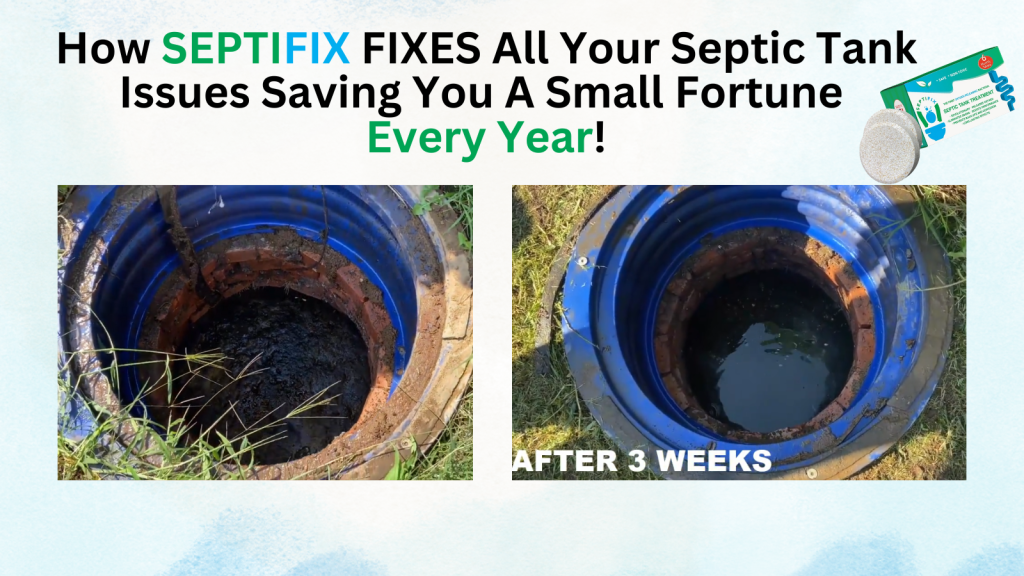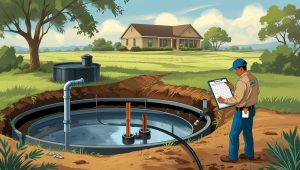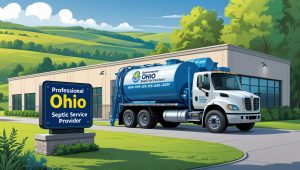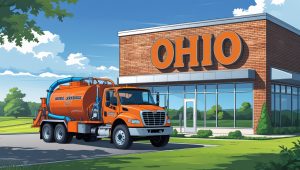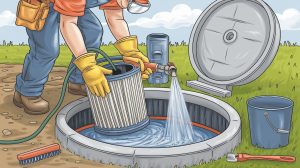Septic emergencies pose significant health hazards, threatening both household safety and environmental well-being. When septic systems fail, exposure to harmful bacteria, viruses, and contaminants becomes a real risk. Acting quickly can prevent severe consequences. In this article, we’ll explore how to identify septic emergencies, address immediate concerns, and implement preventive measures to safeguard your home. Septic systems are essential for managing household wastewater, but when they malfunction, the results can be disastrous.
Table of Contents
- Understanding Septic Emergencies
- Health Risks Associated with Septic Emergencies
- Immediate Steps During a Septic Emergency
- Long-Term Solutions for Preventing Septic Hazards
- Legal and Environmental Guidelines
- Septic Permit Links by State
Septic emergencies are more common than most homeowners realize. Heavy rainfall, poor maintenance, and aging infrastructure can all contribute to failures. Understanding the health risks, knowing the immediate steps to take, and prioritizing long-term solutions can significantly reduce potential hazards.
Understanding Septic Emergencies
A septic emergency occurs when a septic system malfunctions, causing backups, leaks, or overflows. These incidents often result from system overload, poor maintenance, or physical damage to pipes and tanks. Common causes include:
- Blocked Pipes: Accumulation of grease, solid waste, or foreign objects can clog pipes.
- Tree Root Intrusion: Roots can invade and damage septic lines, causing blockages.
- Drain Field Saturation: Heavy rainfall or poor drainage can overwhelm the system.
- Neglected Maintenance: Failure to pump the septic tank regularly can lead to overflow.
Signs of a Septic Emergency
Identifying a septic emergency early can minimize damage and health risks. Look for the following warning signs:
- Unpleasant sewage odors around the property.
- Slow drainage in sinks, showers, or toilets.
- Pooling water in the yard near the drain field.
- Gurgling sounds from plumbing fixtures.
- Sewage backup in toilets or drains.
Recognizing these signs early can prevent widespread contamination and costly repairs.
Health Risks Associated with Septic Emergencies
Septic failures create serious health hazards. Exposure to untreated sewage can lead to:
- Bacterial Infections: Pathogens like E. coli, Salmonella, and Campylobacter can cause gastrointestinal issues, vomiting, and diarrhea.
- Respiratory Problems: Inhaling sewer gases, such as methane and hydrogen sulfide, can irritate airways and cause breathing difficulties.
- Skin Irritations: Direct contact with contaminated water may result in rashes or open wound infections.
- Parasites and Viruses: Contaminated water can carry parasites like Giardia or viruses like Hepatitis A.
These health risks emphasize the importance of addressing septic issues immediately. Delays can result in long-term health complications for vulnerable individuals, such as children, elderly family members, or those with weakened immune systems.
Environmental Impacts of Septic Failures
Septic system failures not only pose health risks but also harm the environment. Untreated wastewater can seep into groundwater, rivers, and lakes, leading to:
- Water pollution affecting drinking water sources.
- Algae blooms caused by excess nutrients.
- Harm to aquatic life due to chemical and bacterial contamination.
Taking quick action during a septic emergency helps minimize environmental damage.
Immediate Steps During a Septic Emergency
If a septic emergency occurs, follow these immediate steps:
- Avoid Contact: Keep family members and pets away from contaminated areas.
- Shut Off Water: Minimize water usage to prevent further overflow.
- Ventilate Affected Areas: Open windows to disperse harmful sewer gases.
- Wear Protective Gear: Use gloves, boots, and masks if entering contaminated areas.
- Call a Professional: Contact a licensed septic repair service immediately.
What Not to Do During a Septic Emergency
- Don’t attempt DIY repairs without proper knowledge.
- Don’t use chemical drain cleaners—they can damage the system.
- Don’t ignore persistent sewage odors or backups.
Quick and appropriate action can reduce health risks and prevent extensive property damage.
Long-Term Solutions for Preventing Septic Hazards
Preventing septic emergencies requires consistent care and maintenance:
- Schedule Routine Inspections: Have your septic system inspected annually.
- Pump Regularly: Pump your septic tank every 3-5 years, depending on household size.
- Watch What You Flush: Avoid flushing non-biodegradable items, grease, or harsh chemicals.
- Monitor Drain Fields: Check for pooling water, foul odors, or soggy ground.
- Upgrade Aging Systems: Older septic systems may require modern upgrades.
Benefits of Preventive Maintenance
- Lower repair costs over time.
- Reduced risk of health hazards.
- Increased lifespan of the septic system.
Proper maintenance ensures your septic system runs efficiently and prevents costly failures.
Legal and Environmental Guidelines
Local health departments enforce regulations to manage septic emergencies and protect public health. Compliance with these guidelines helps:
- Reduce environmental contamination.
- Ensure safe wastewater management practices.
- Protect groundwater and nearby water bodies.
Homeowners should familiarize themselves with their area’s septic regulations and work with certified professionals for inspections and repairs.
Environmental Responsibility
- Follow local disposal guidelines.
- Avoid pouring hazardous chemicals down drains.
- Stay informed about regional septic system policies.
Conclusion
Preventing health hazards during septic emergencies requires prompt action, awareness, and regular maintenance. By recognizing the risks, taking immediate safety steps, and adhering to preventative measures, you can safeguard your household from contamination. Additionally, responsible septic system care protects both your property and the environment. For professional assistance, rely on trusted septic service providers to keep your system in optimal condition.
